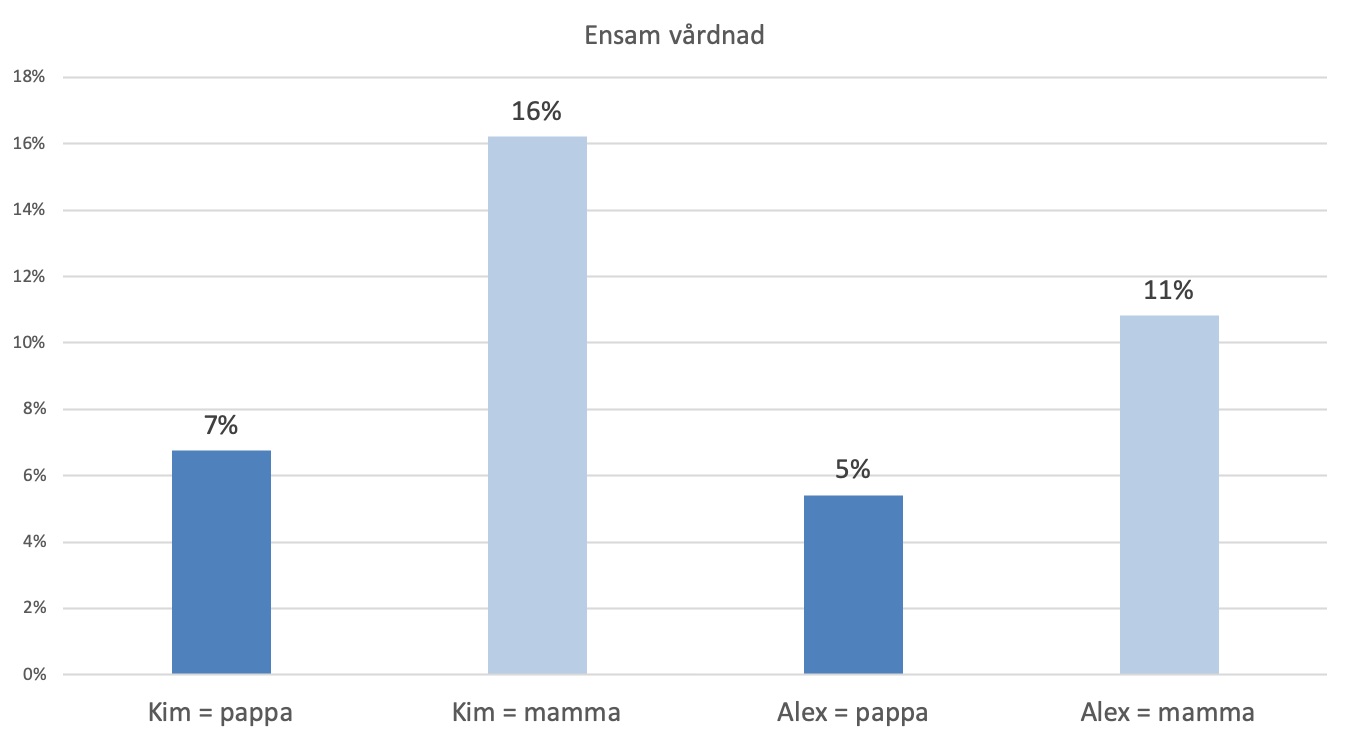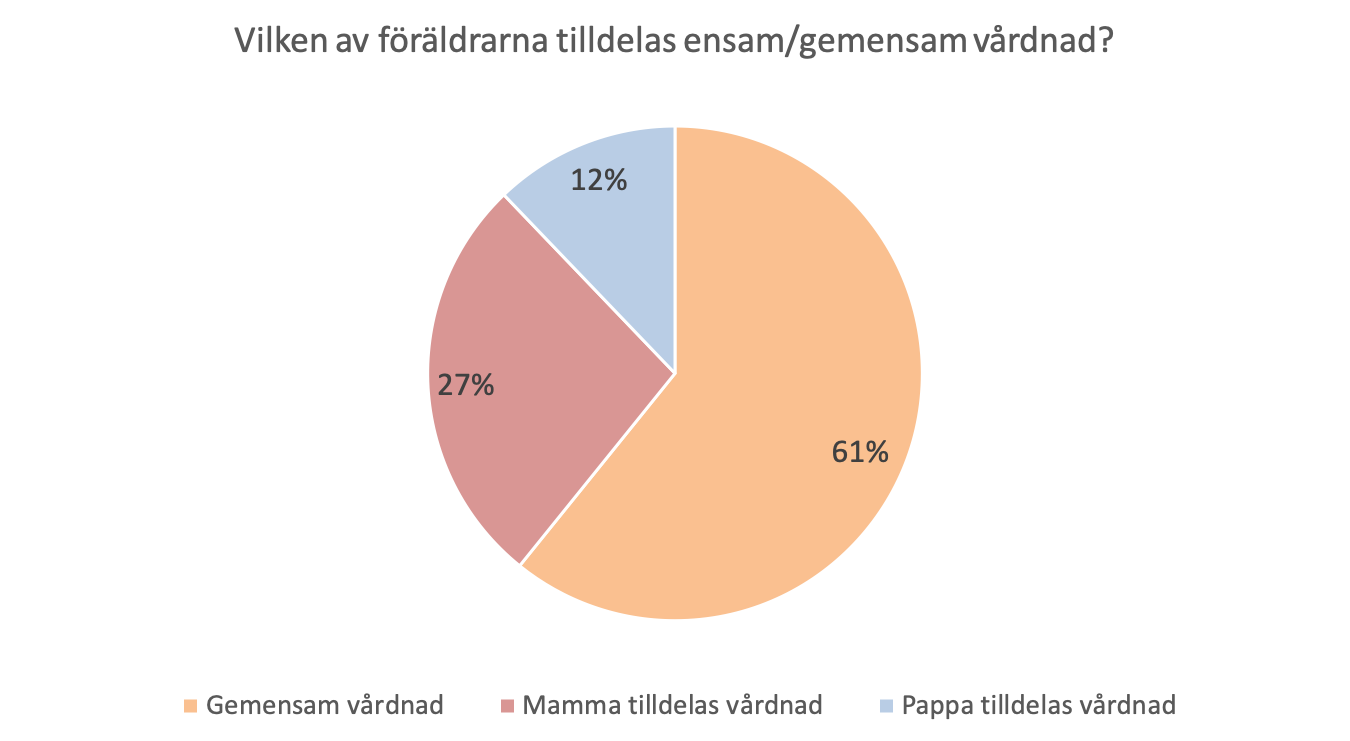The Custody Case
| ||||||||||||||||
|
| ||||
Recording and Morphing
Before recording the scripts, we first trialed a number of voices to see which responded best to voice morphing, i.e. which sounded genuine when changed into male or female variants. After this the entire script (both Kim and Alex) was played by the same actor and recorded in a studio. Our technician, Jon Svensson, then digitally manipulated one version to sound like a male voice. The two versions were then cut and reassembled to produce one version where Kim was father and Alex mother and one version where the opposite was the case. Note that the actor was the same in both cases. Both versions are available below
Before recording the scripts, we first trialed a number of voices to see which responded best to voice morphing, i.e. which sounded genuine when changed into male or female variants. After this the entire script (both Kim and Alex) was played by the same actor and recorded in a studio. Our technician, Jon Svensson, then digitally manipulated one version to sound like a male voice. The two versions were then cut and reassembled to produce one version where Kim was father and Alex mother and one version where the opposite was the case. Note that the actor was the same in both cases. Both versions are available below
|
Version A: Kim = mother; Alex = father
|
Version B: Kim = father; Alex = mother
|
Presenting and Conducting the Case
This case was contextualised as an exercise in family law where the students were supposed to use the law text to decide on whether Kim or Alex should receive custody, or if jointed custody should be granted. Students were also asked to motivate their choices. Of course none of the students knew of the design (i.e. that there were two versions) at this stage. The material was distributed electronically prior to the discussion seminar, and all participants were asked to listen to and respond to the material before the seminar. The tool used here was a SurveyMonkey questionnaire containing all material and response questionnaires. The tool also included a 'randomizer' so that some were directed to version A and others to version B automatically.
This case was contextualised as an exercise in family law where the students were supposed to use the law text to decide on whether Kim or Alex should receive custody, or if jointed custody should be granted. Students were also asked to motivate their choices. Of course none of the students knew of the design (i.e. that there were two versions) at this stage. The material was distributed electronically prior to the discussion seminar, and all participants were asked to listen to and respond to the material before the seminar. The tool used here was a SurveyMonkey questionnaire containing all material and response questionnaires. The tool also included a 'randomizer' so that some were directed to version A and others to version B automatically.

Want to try?
If you want to try out the case with your own class use the QR-code or the link below for a ready package.
https://www.surveymonkey.com/r/N78TM7F
Note! Contact [email protected] if you want to do this with a group so that we can set up a specific group for you and give you access to the results.
If you want to try out the case with your own class use the QR-code or the link below for a ready package.
https://www.surveymonkey.com/r/N78TM7F
Note! Contact [email protected] if you want to do this with a group so that we can set up a specific group for you and give you access to the results.

Link to post-survey. Please let participants answer this after the seminar discussion!
https://www.surveymonkey.com/r/R7N92JX
https://www.surveymonkey.com/r/R7N92JX
|
Example of debriefing presentation
|
| ||
Some Results from Previous Trials
|
All in all we had 102 students participating in the trials. It was evident that in those cases students judged sole custody to be the outcome, the female parent was twice as likely to be granted custody than the male parent. The most common principle evoked was continued stability for the child (i.e. that the child should not have to move).
|

